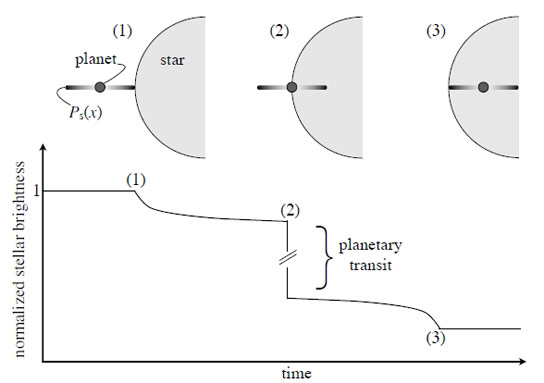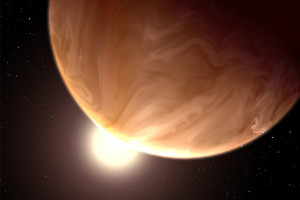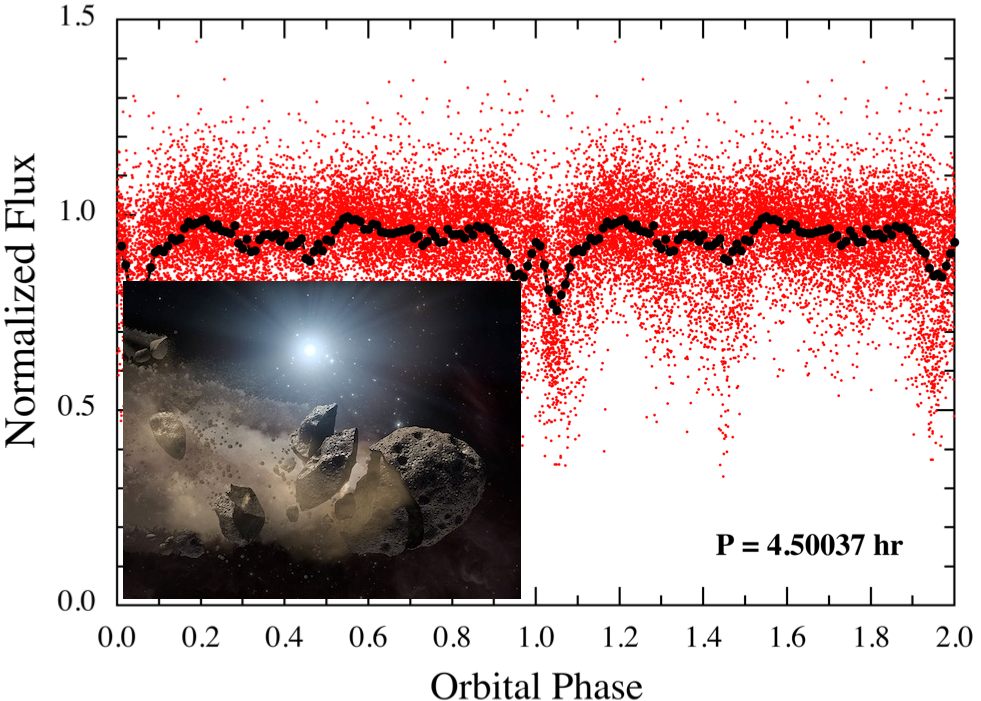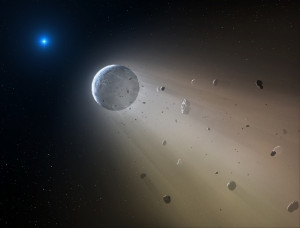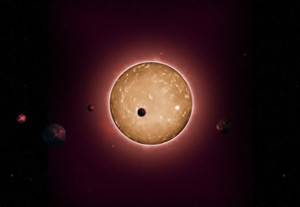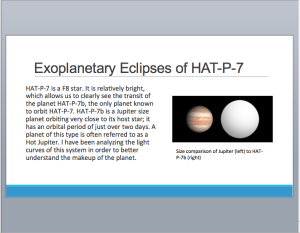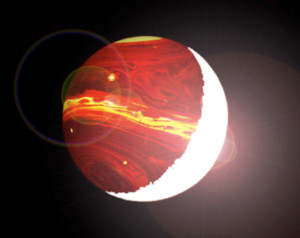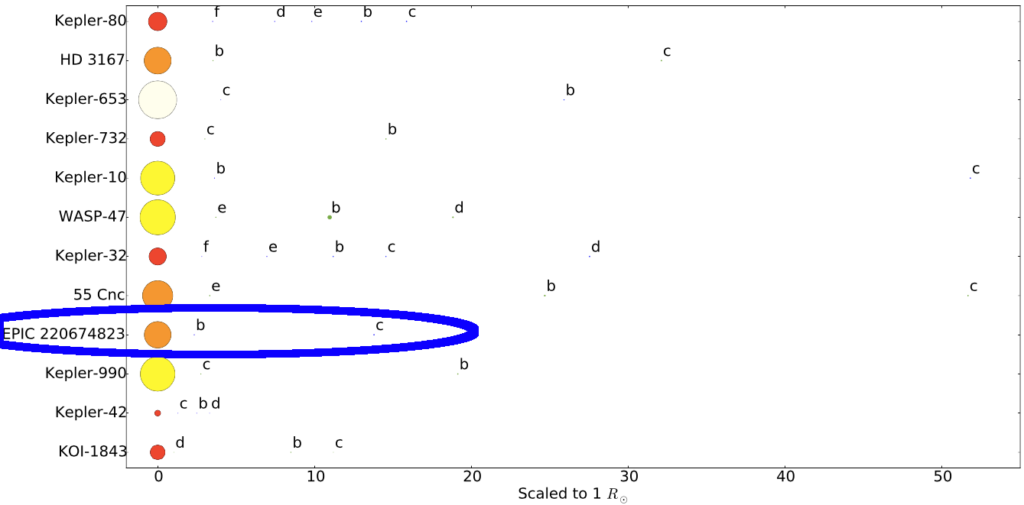
Twelve multi-planet systems where the innermost member is very close to the host star, that is, has an orbital period less than 1 day. From Adams et al. (2016).
Big research news today: our research group SuPerPiG, led by the inimitable Dr. Elisabeth Adams, announced the discovery of two new planets, EPIC 220674823 b and c.
Using data from the K2 Mission, we found these planets by looking for the shadows of the planets as they passed in front of their host stars, a planet-hunting technique known as the transit method.
These new planets are very different from planets in our solar system in several surprising ways.
First, they’re both bigger than Earth but smaller than Neptune – planet b is 50% larger, and planet c is 2.5 times larger. They inhabit a strange nether-region of planets where they’re known as super-Earths or sub-Neptunes, planets somewhere between Earth and Neptune. The reason there’s no specific name for such planets is because astronomers don’t understand this new class of planet at all.
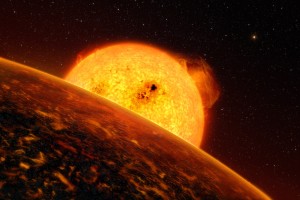
An artist’s conception of CoRoT-7 b, another ultra-short-period planet.
Second, both planets are MUCH closer to their Sun than the planets in our solar system. In fact, planet b is so close to its sun that it takes less time to orbit (14 hours) than all the playtime it took the Cubs to go from 3 games down to tying up the World Series. By comparison, planet c circles at the glacial pace of once every 13 days.
Another thing that’s interesting about our planets: they’re yet another system of with an ultra-short-period planet (USP) in which there is more than one planet, i.e. a multi-planet system. In fact, as we argue in our paper, most of the known systems with ultra-short-period planets are probably multi-planet systems and that fact might help explain the origin of these chthonic planets.

